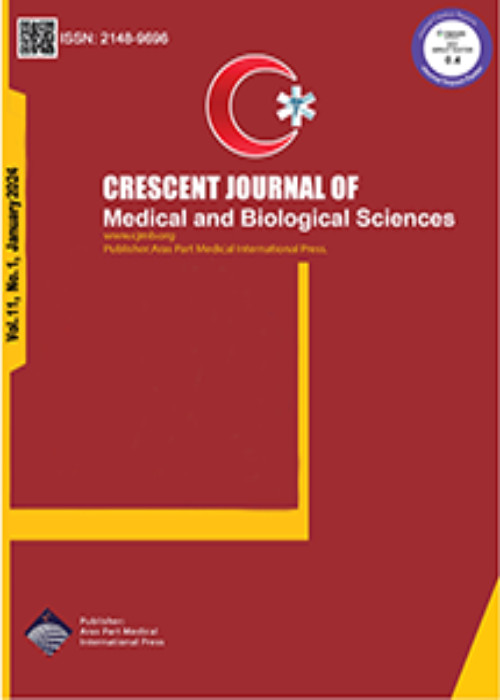Occurrence of Klebsiella pneumoniae in Hospitalized Patients in South of Iran (2014-2016): Assessment of Antibiotic Non-susceptibility and Quinolone Resistance Markers
The purpose of the current research was to investigate the existence of aac(6´)-Ib-cr and qnr (qnrS, qnrD, qnrC, qnrB, and qnrA) genes and determine antibiotic sensitivity patterns in Klebsiella pneumonia strains, recovered from hospitalized patients in Shiraz, southern Iran.
In the current cross-sectional study, the strains isolated from the clinical specimens of hospitalized individuals were tested during 2014-2016 in Shiraz, Iran. The culture was done on microbiological media, and the strains were recognized as K. pneumonia based on biochemical tests in the analytical profile index-20E diagnostic strip. All the strains were investigated for antibacterial sensitivity using the CLSI standard guidelines. Gene-encoding antibiotic resistance markers consisting of aac(6’)-Ib-cr, qnrS, qnrD, qnrC, qnrB, and qnrA were evaluated by polymerase chain reaction (PCR) assay.
Ninety-six strains of K. pneumoniae, isolated from hospitalized patients, were entered into the research. Based on the results, 51.04% of strains were recovered from females, and 35.66% of patients were hospitalized in the intensive care unit. Sixty-two strains were isolated from the urine. Imipenem was the most efficient drug against the strains (81.52%). Less than 50% were sensitive to the new generation of quinolones. All isolates harboring antibiotic resistance genes were non-susceptible or at the intermediate level of resistance to ciprofloxacin (CIP). Most aac(6’)-Ib-cr+ strains were non-susceptible or at the intermediate level of resistance to piperacillin/tazobactam. In PCR assay, 27.08% of isolates had antibiotic resistance traits (aac(6’)-Ib-cr, qnrS, qnrD, qnrC, qnrB, and qnrA). Finally, aac(6’)-Ib-cr, qnrS, and qnrB markers were found in 7.3%, 10.4%, and 7.3%, respectively.
In this research, the emergence of potentially virulent and carbapenem non-susceptible cases in conjugation with a quinolone-resistant genotype is alarming, thus vigorous clinical manifestations, along with drastic constraints in therapy would be a possible result in this regard.
- حق عضویت دریافتی صرف حمایت از نشریات عضو و نگهداری، تکمیل و توسعه مگیران میشود.
- پرداخت حق اشتراک و دانلود مقالات اجازه بازنشر آن در سایر رسانههای چاپی و دیجیتال را به کاربر نمیدهد.


